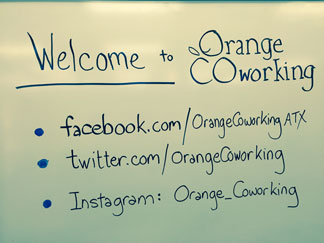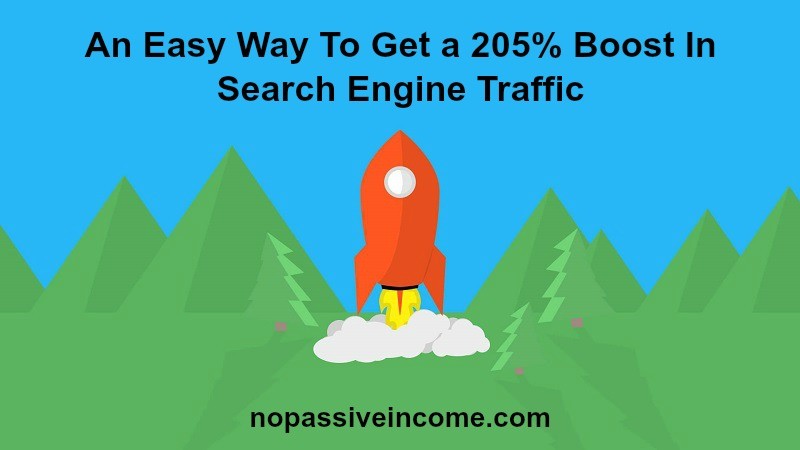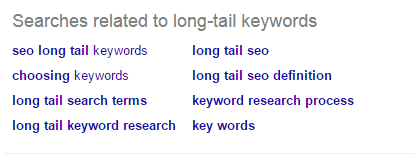Ever wondered what success habits separate high achievers from the rest of the dreamers?
Some people perform better. They achieve more and always succeed in what they do. But what more do they have that helps them get such results?
Truth is, they aren’t any different from us – at the beginning we’re all equal. But what differentiates them from the rest is the behavior they adopt on the way to achieving their dreams.
15 Success Habits High Achievers Have
High achievers have different habits than the average people. Their days consist of others activities and their head is full of other thoughts.
So here are the success habits and best practices of such people that make them stand out, get things done and move forward:
1) They Get Up Early
The average person needs a lot of time to wake up. That’s because he usually goes to bed late, stays in front of the computer, and is now hitting the snooze button, trying to put off starting the day.
But if that’s the firth thing you want and think about in the morning – how to avoid an early start of the day – then how do you expect the rest of it to be any better?
A different approach, however, is to go to bed earlier and have a good sleep. To wake up motivated to take action because you got stuff to do. To face the day, make the most of it, realize what a gift it is and be excited about what it will bring.
2) They Read
Instead of checking email and using your phone all the time, watching TV, being on all social medias and constantly updating random statuses, you should sit down and do some reading, or writing.
That’s an activity for your free time that will make you think, grow, learn and improve in general. And it’s what high achievers do daily.
3) They Have A Morning Routine
The benefits are amazing – you get energized, boost productivity, jumpstart the day, have time for yourself, plan out the stuff you need to get done later, and have a peaceful morning.
So think about it if you don’t have a routine already.
When you’re serious about becoming successful and achieving more in life, sleeping in is not an option. But it’s also important how you spend that first hour after leaving bed. And filling it with productive, positive and creative activities like meditation, a quick workout and some writing or reading, is the best option.
4) They Have A Vision
A life without direction is pointless.
Those who actually achieve something and get somewhere, are seeing that place much earlier than the time they actually get there. Because in their minds, they’re constantly visualizing the upcoming success in details.
That’s a powerful technique that can get you closer to whatever it is that you want in life. No matter how big.
5) They Rest Properly
Successful people sleep well, take breaks, power nap, meditate to clear their mind every day, and have other rituals that help them relax, rest their body and mind, and not feel drained at the end of the day.
This helps them work harder, be more focused, get better results, and eliminate stress and depression.
6) They Take Responsibility for their Actions
Blaming other people, or even circumstances or life in general, is an awful habit many people share. But that’s not how a determined person sees things.
Instead, he takes responsibility for his actions, even if he’s made a mistake, learns from it, accepts it, and moves on trying to do it right next time.
7) They Talk About Ideas with Other Purpose-Driven People
If you’re surrounded by negative people who let you down, complain about their lives all the time, or are just talking about other people and events in their life, you won’t change for the better.
But you can still turn that around and choose to communicate with positive individuals, spend time with creative people, full of life and
positivity, ambitious human beings with goals and dreams.
And soon you’ll see yourself thriving.
After all, environment is crucial for success and we’re the average of the five people we spend most time with.
8) They Have an Evening Routine
For maximum results you should start the day with a morning routine, and end it with a bedtime ritual.
It may include stuff like examining the day and assessing your performance, making a plan for tomorrow, brushing your teeth and flossing, meditating (again), and doing some reading so that you can go to sleep faster.
And it definitely doesn’t include any food, electronic devices, alcohol, or falling asleep on the couch in front of the TV.
9) They Prioritize
Even if you have 50 things to do today, there are just a few that are really important. Your job is to define them and focus on them first.
These are the things that help you
move towards your goals, that help you improve, earn more, be in a better shape, etc.
10) They Say ‘NO’ to Some Things
High achievers know they have to say ‘no’ to stuff that seems pretty tempting now, but which can only harm them in the long term.
So they often miss parties or other social events, get up early even though they really want to stay in bed, work out when their mind tells them to stay in front of the computer for a little more, and don’t eat the junk food they crave.
Sacrifices like that are what shapes your character and make you the person you need to become in order to lead the lifestyle you imagine.
11) They Grow Spiritually
As I mentioned, some of their best (and daily) practices include reading, meditating, interacting with creative and passionate people, etc.
And all that helps them grow. Soon, it becomes a habit for them to look for chances to learn new stuff, try new things, gain experience and evolve.
12) They Eliminate Distractions
Distractions are everywhere. And always will be. But if we realize how important our current activity is, and choose to focus only on it, other people coming in the room, notifications, worries, fears and random thoughts won’t matter that much.
So concentrate on what you’re doing now. And if it’s connected to your dreams, you’ll find a way to eliminate everything that distracts you and will actually get some work done.
13) They Take Immediate Decisions
People usually spend too much time trying to make a decision. Even if it’s an easy one, they struggle with choosing an option as they try to choose the best one.
But you should let go of perfectionism. And, instead, just take one of the two things and make the best of it.
14) They Get Rid of Time-Wasting Activities
Most of the things we do daily aren’t productive. In fact, they are only slowing down our self-improvement process. And the best we can do is stop doing them and do more of what works and has helped so far.
Reading newspapers may not have any positive effect on you, but if you spend that time planning out your whole day in details, you’ll be much more productive and will see the bigger picture of where you’re heading in life.
15) They Approach Other Successful People
Often we’re too scared to even try to talk to someone that’s superior to us. But people like that are usually friendlier and more open-minded than we expect.
After all, they too started somewhere and wanted to change and ask more successful individuals for advice. So they might as well take the time now to give you some tips, help you in some way or encourage you and give you feedback.
Great habits, right? And none of them are hard. You can start applying them right now. But start small – one change at a time.
Can you add other practices that lead to greater results in life?









